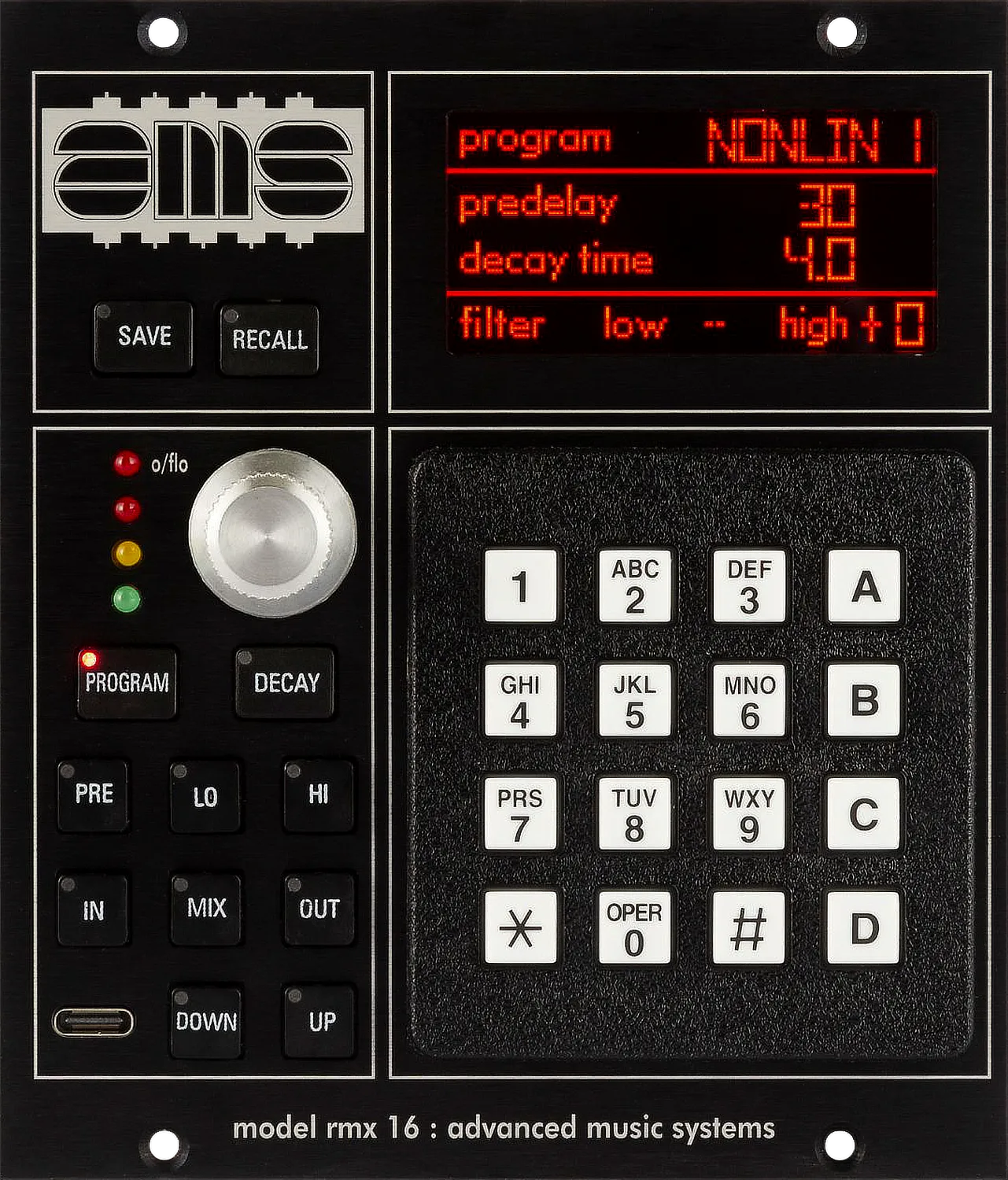Digital reverb, also known as artificial reverb, is a type of audio effect used in recording studios to simulate the sound of a natural acoustic environment. The first digital reverb units were developed in the late 1970s, with early examples including the EMT 250 and the Lexicon 224. These early digital reverbs used a combination of digital signal processing and analog-to-digital converters to create a convincing simulation of different acoustic spaces.
Digital reverb quickly became popular in the recording industry, as it provided a more flexible and cost-effective solution than traditional mechanical reverbs or echo chambers. Digital reverb units could simulate a wide range of acoustic spaces, from small rooms to large halls, and could be easily adjusted and automated to create dynamic and complex reverb effects.
Over time, digital reverb technology continued to evolve, with improvements in processing power, algorithms, and user interfaces. Today, digital reverb is an essential tool in the recording industry, and a wide range of software and hardware reverbs are available to suit different recording needs and budgets. Despite the advances in digital technology, however, many recording engineers still value the unique character and sound of traditional mechanical reverb units, and these continue to be used in certain recording environments.
Algorithmic Reverb All early digital reverbs are algorithmic reverb designs. Algorithmic reverbs are essentially delay lines that repeat on themselves to simulate reverb decay. The ‘algorithms’ used tweak each repeat usually with modulation and various other filters. Some of the worlds most loved digital reverbs such as the EMT 250, AMS RMX 16, Lexicon 224 and Lexicon 480L are all algorithmic reverbs. It is clear that not all algorithmic reverbs are created equal, and it is why to this day, those reverbs are so revered, their algorithms are superior to other manufacturers.
Convolution Reverb Convolution reverb is to reverb what sampling was to keyboards. Convolution reverb involves measuring a live space, and using this ‘impulse response’ applies it to the incoming signal to simulate that real space. Convolution reverbs works exceedingly well, and provides very realistic reverb. Early hardware reverbs to use convolution techniques were the Sony DRE-S777 and the Yamaha SREV1.
Reverb Plugins Today plugins like Audio Ease Altiverb provide hundreds of impulse response reverbs in a plugin format. Some of the ‘real’ spaces provided with that plugin are quite breathtaking. In particular, the Great Pyramid of Giza, a space no one will ever get to record in, sounds phenomenal. Most reverb plugins these days are either algorithmic, or convolution, and with today’s computer power, we can enjoy the very best sounding reverbs possible and for far less that what a hardware reverb costs. However, there is still some kind of magic in these older hardware reverbs that most of us just can not let go of.
Click here for a brief history of Digital Reverbs









